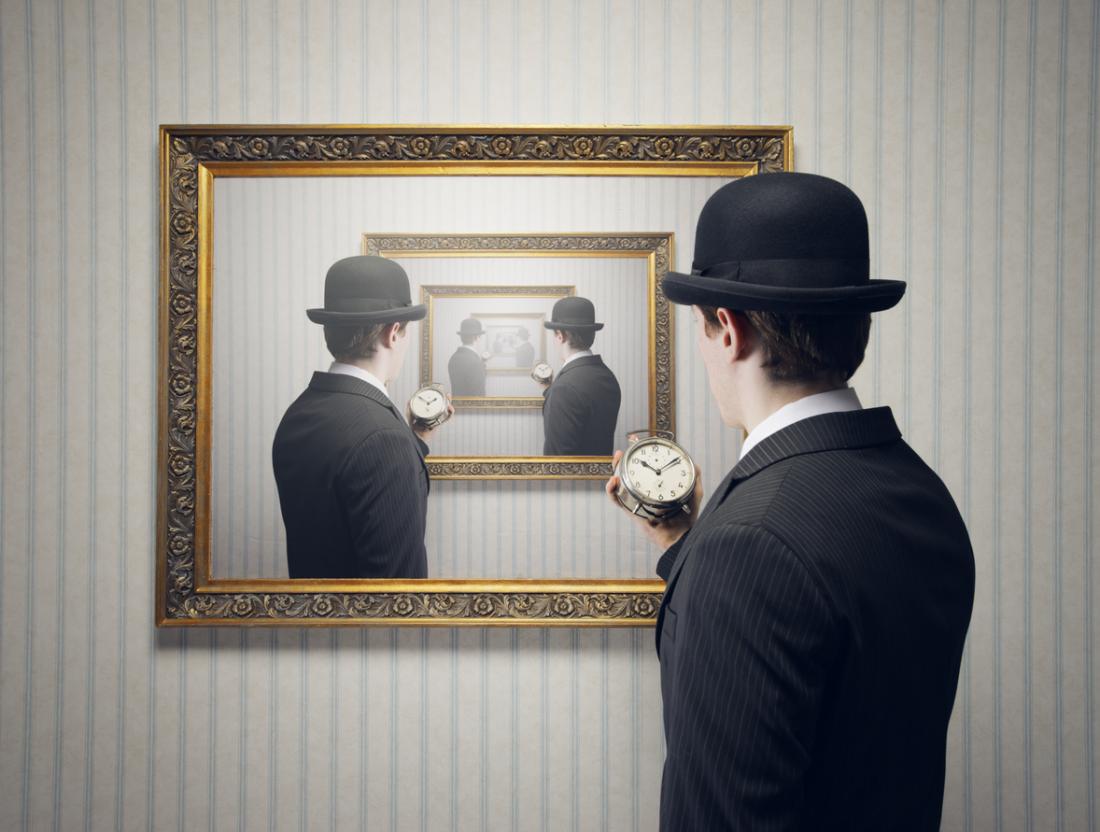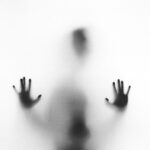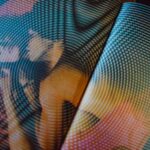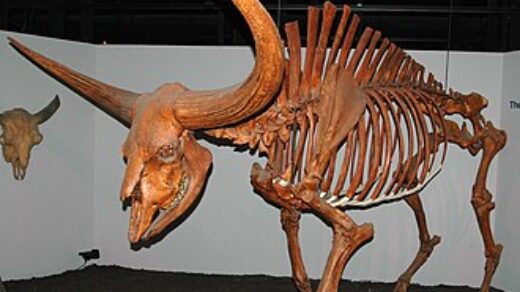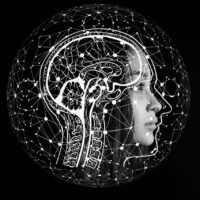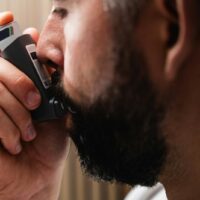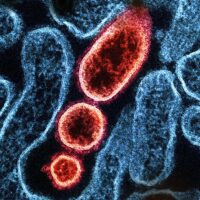The sensation of déjà vu, a strong feeling of global familiarity in a seemingly novel situation, is a phenomenon experienced by a significant portion of the population, with estimates suggesting between 60 and 80% of individuals will encounter it at some point in their lives [1]. While popularized in media such as the film Groundhog Day, where a character repeatedly relives the same day [2], the scientific understanding of déjà vu has evolved significantly since it was first named “already seen” by French parapsychologist Emile Boirac in 1876 [3]. Initially considered a supernatural occurrence akin to clairvoyance or mediumship, and often dismissed as a result of reincarnation or even alien abduction, déjà vu has since become a subject of serious scientific investigation.
Although the term “déjà vu” is often used as a catchall for unexpected familiarity, there are several related phenomena, includes:
- Déjà entendu (the sense of having already heard something new)
- Déjà pensé (the feeling of having had a specific thought before)
- Déjà gouté (related to food)
- Déjà voulu (the sense of having desired something or someone before)
It is important to distinguish déjà vu from precognition, which is the feeling of knowing what is about to happen [4]. While direct stimulation of the frontal cortex has been shown to induce feelings of both déjà vu and premonition, it does not grant any actual ability to predict the future.
Scientifically, déjà vu is often categorized into two types: seemingly random “regular” déjà vu and “pathological” déjà vu associated with neurological conditions like temporal lobe epilepsy . Pathological déjà vu is usually accompanied by other symptoms and is caused by disease or injury, particularly damage to the frontal lobe, the part of the brain responsible for memory . This form is easier to study due to its frequency in affected individuals, allowing researchers to identify brain areas where the feeling originates. However, pathological déjà vu can differ from the everyday experience, with individuals sometimes believing they have been in a situation before for sustained periods, rather than just a fleeting feeling . A severe case on record involved a British man named Pat Long, who suffered from what is termed déjà vecu (“already lived”), where he would believe he had lived whole sequences of events previously, making it difficult to differentiate between past experiences and the present for extended periods [5]. Epilepsy sufferers may also experience bouts of déjà vu during seizures, as well as the opposite phenomenon, jamais vu (“never seen”), where a familiar situation feels foreign.

Studying typical déjà vu is challenging due to its infrequent and seemingly random nature, making it difficult to collect data on a large scale in a laboratory setting . Despite this, researchers have explored various theories to explain its occurrence. One hypothesis, explored in a 2006 study by scientists at the Leeds Memory Group, suggests déjà vu might be caused by a malfunction in memory processing [6]. They theorized that déjà vu occurs when the part of the brain that identifies a scene as familiar is triggered without the initial check to see if elements of the scene have been observed before. This malfunction was successfully induced in hypnotized participants by telling them they would know a word was familiar but not where they had last seen it .
Another theory, based on a 2014 study at the University of St Andrews, proposes that déjà vu may serve as a healthy neurological failsafe, functioning as a conflict resolution mechanism to prevent false memories from forming. In experiments where participants were led to form simple “false memories” through word association techniques, around two-thirds reported experiencing déjà vu when later questioned. Interestingly, MRI scans showed activity in the frontal cortex, responsible for decision making, rather than the hippocampus, which is responsible for memory [7]. Researchers theorized that déjà vu was experienced as the brain attempted to resolve the conflict between what participants had actually seen and what they thought they had seen.
A simpler explanation suggests that déjà vu is triggered by a “forgotten” or suppressed memory. As less important memories are eventually forgotten or suppressed, déjà vu might be the feeling experienced when something new is similar to one of these dimly remembered past experiences. The observation that frequent travelers report experiencing déjà vu more regularly could support this theory, as having encountered more diverse situations increases the likelihood of a new experience resembling a half-remembered one.
Older theories also contribute to the understanding of déjà vu. Sigmund Freud linked the phenomenon to repressed desires or traumatic memories, though his theories often incorporated elements that are taken with a pinch of salt by modern science. Another long-standing theory, still considered valid, is dual processing. This theory suggests that experiences are processed in both hemispheres of the brain, and a delay in processing from one side could lead to the eerie feeling of familiarity. Research by Robert Efron in 1963 found that the left temporal lobe sorts incoming information but also receives this information after a short detour through the right hemisphere. If information is delayed in the right hemisphere, it might be assigned an incorrect timestamp, creating a feeling of familiarity from what are actually very recent events.
This idea of familiarity from extremely recent events underpins the divided attention theory. This theory posits that when attention is split during a new situation, individuals may subliminally take in their surroundings without consciously processing them. The subconscious observation of the situation happens faster than conscious processing, and the small gap in completion times between these two processes can lead to the feeling of having experienced the event before. Studies, such as one by Marsh and Brown, have supported this by flashing images for very short durations, too brief for conscious notice but long enough for the brain to register, resulting in participants feeling familiarity with locations they had never visited [8].
Ultimately, while these theories offer compelling theories, the exact cause of déjà vu remains uncertain. Recent studies, such as one from 2019, suggest that individuals who experience déjà vu more frequently may use different parts of their brain for memory retrieval and show less activity in the hippocampi, hinting that those who experience déjà vu less often might have better memory consolidation [9]. The prevalence of déjà vu in individuals between 15 and 25 years old might also suggest it’s a sign of being able to differentiate between real and false memories.
Reference IDs
- Vital Record (2022): Prevalence and temporal lobe mechanisms
- Wikipedia (Groundhog Day): Media representation
- LiveScience: Émile Boirac’s origin of the term
- YouTube Video: Link between déjà vu and premonition
- Pat Long Profile: Case study of déjà vécu
- BBC News: Leeds hypnosis experiments
- fMRI Study PDF: Conflict resolution in St Andrews research
- SMU Blog: Marsh & Brown’s divided attention theory
- PubMed: Nigro S, et al. Functional activity changes in memory and emotional systems of healthy subjects with déjà vu. Epilepsy & Behavior. 2019;97:8-14.

